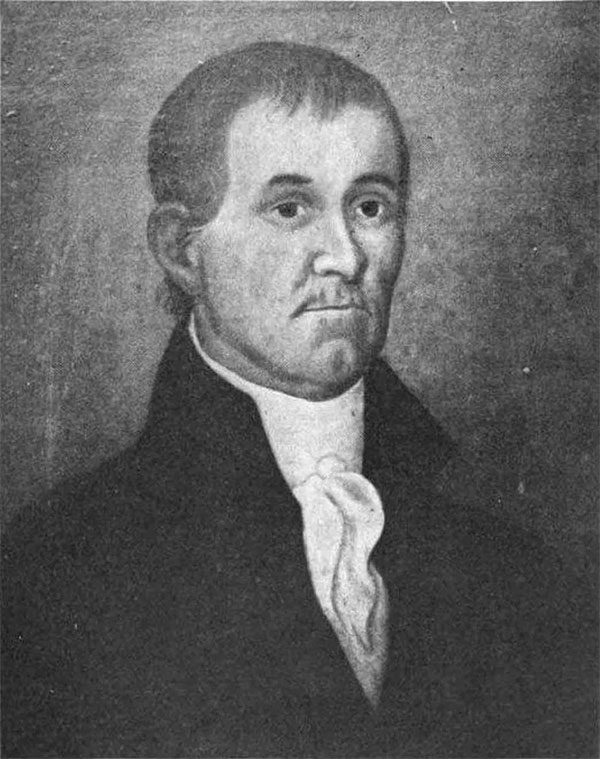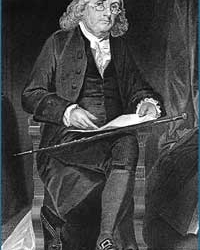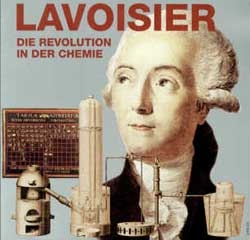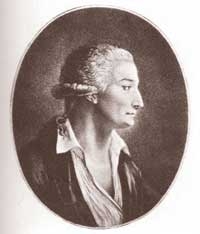In the 1770s, inventor David Bushnell designed the Turtle, the world’s first submarine.

David Bushnell, American inventor, known as the father of the submarine.
On August 30, 1740: David Bushnell was born in Westbrook, Connecticut. Many years later, around 1775, Bushnell experimented with underwater time bombs while studying at Yale University. Essentially, he created the first time bombs. Bushnell then spent his life savings to build a manned submarine capable of deploying weapons, referred to as the Turtle.
The Turtle was a one-man, spherical submarine made of wood, brass, and copper. The purpose of the Turtle was to attack British Royal Navy ships occupying American ports during the American Revolutionary War. Although it was unsuccessful, it proudly holds the title of the first operational combat submarine.

While at Yale, Bushnell demonstrated that gunpowder could explode underwater. He used this knowledge not only for creating underwater mines but also for developing floating torpedoes that could explode on contact. Working with wealthy New Haven inventor, clockmaker, and brass founder Isaac Doolittle, he co-developed the first mechanically activated time bomb as well as the first propeller. He combined these ideas by constructing the Turtle, designed to attack ships by attaching time bombs to the hull and using a hand drill and drill bit to penetrate the ship’s hull.
On September 6, 1776: The Turtle was deployed for its first mission against HMS Eagle. The idea was to “park” the submarine beneath the ship, drill a hole in the hull, and then stuff a barrel of gunpowder into the ship. However, in practical conditions, the drill could not penetrate the hull. The operator, Sergeant Ezra Lee, eventually abandoned the Turtle, although he managed to detonate the barrel of gunpowder.
In the following week, the Turtle made several additional attempts to sink British ships on the Hudson River, all of which failed due to the operator’s lack of skill. Only Bushnell was truly able to perform the complex functions of the Turtle successfully, but due to poor health, he was unable to operate the vessel in any of its combat missions. In the Battle of Fort Lee, the Turtle ultimately succumbed when the American ship transporting it was sunk by the British.
Subsequent attempts were made, yet the Turtle continued to face failures, leading Bushnell to decide to abandon the Turtle project.

On August 13, 1777, after abandoning the Turtle, Bushnell shifted his focus to mining. However, during this time, he created two floating mines and sent them to the battlefield as a special gift for a British fleet in Black Point, Connecticut. One mine struck a small boat near the Cerberus and exploded, killing four sailors. However, this time his idea failed as the flagship of the fleet, HMS Cerberus, timely detected and cut the line carrying the mine.
In 1778, he initiated the renowned Battle of Kegs, where a series of mines were deployed in the Delaware River to attack British ships anchored there. However, this too was another failure as the mines accidentally exploded, killing two curious boys and alerting the British forces.
On June 8, 1781: General George Washington appointed Bushnell as a military engineer, and the torpedoes he created destroyed the destroyer Cerberus and devastated many other British ships. After the war, he became the commander of the United States Army Corps of Engineers stationed at West Point.
Bushnell served in the Army until his discharge on June 3, 1783. He later became an original member of the Connecticut Society of Cincinnati, an organization formed by officers who were veterans of the Continental Army and Navy.
At some point after the Revolution, Bushnell was awarded a medal by George Washington.

The full-size model of David Bushnell’s Turtle is on display at the United States Navy Submarine Force Museum and Library in Groton, Connecticut.
After peace was declared, he returned to Connecticut, where he lived until 1787 when he suddenly moved to France. His activities in France remain unclear, although it is speculated that he may have collaborated with inventor Robert Fulton to develop a design for a submarine.
In 1803, Bushnell settled in Warrenton, Georgia, changing his name to David Bush. He taught at the Warrenton Academy and practiced medicine. He died in Warrenton in 1824 or 1826 and was buried in the town cemetery in an unmarked grave. There is a cemetery in Warrenton Cemetery in his honor.
In 1915, the United States Navy named the submarine USS Bushnell (AS-2) after him, which was launched in Bremerton, Washington. Bushnell served in World War I and was renamed USS Sumner in 1940, participating in the Japanese attack on Pearl Harbor on December 7, 1941. It was used as a survey ship in World War II and decommissioned in 1946.
On September 14, 1942, another submarine tender named USS Bushnell (AS-15) was launched. Bushnell served in World War II and later became the flagship of Submarine Squadron 12 in Key West, Florida, from 1952 until it was decommissioned in 1970.
In 2004, the Georgia House of Representatives passed a resolution declaring August 30, 2004, as David Bushnell Day in Georgia.





















































